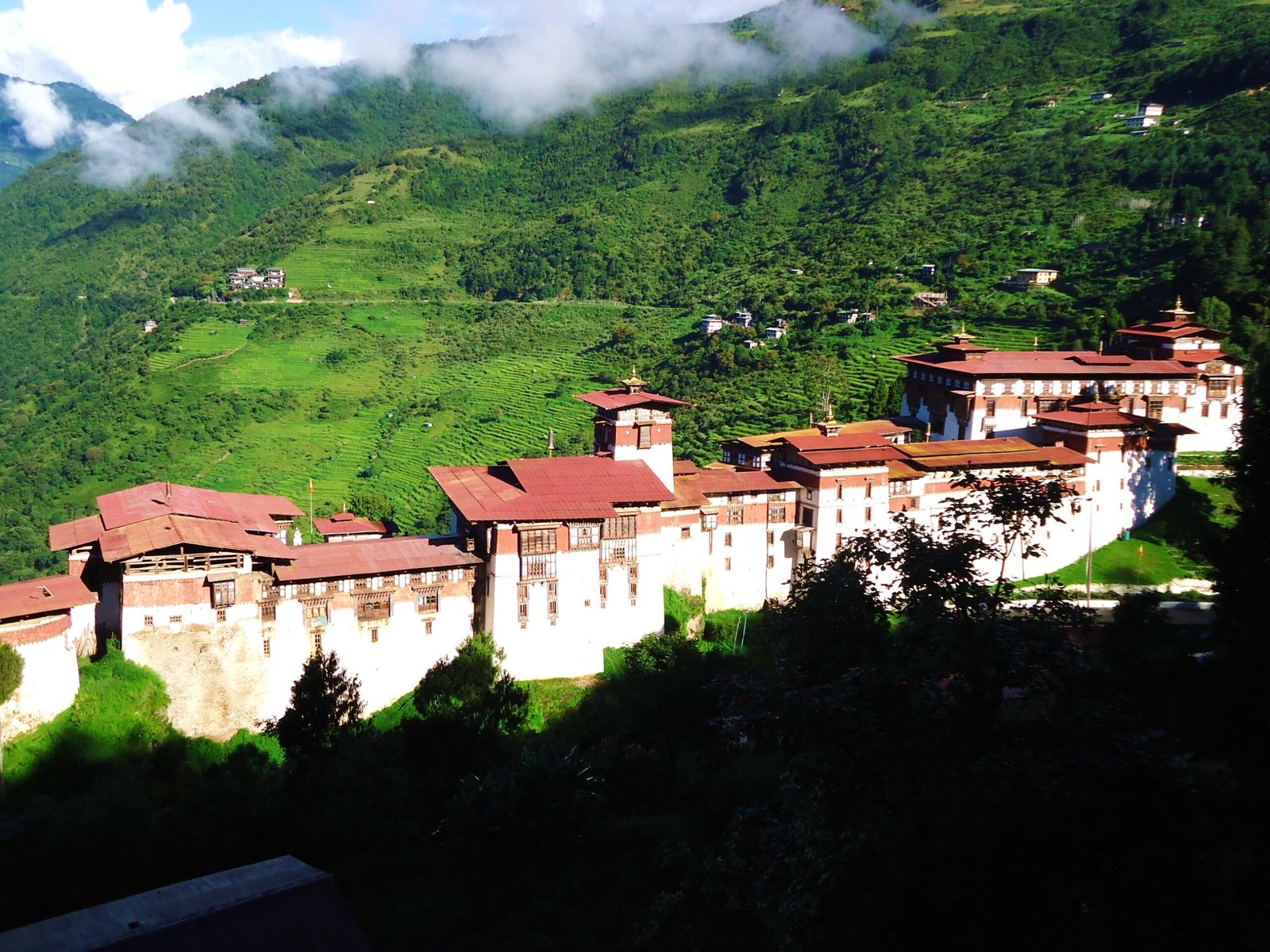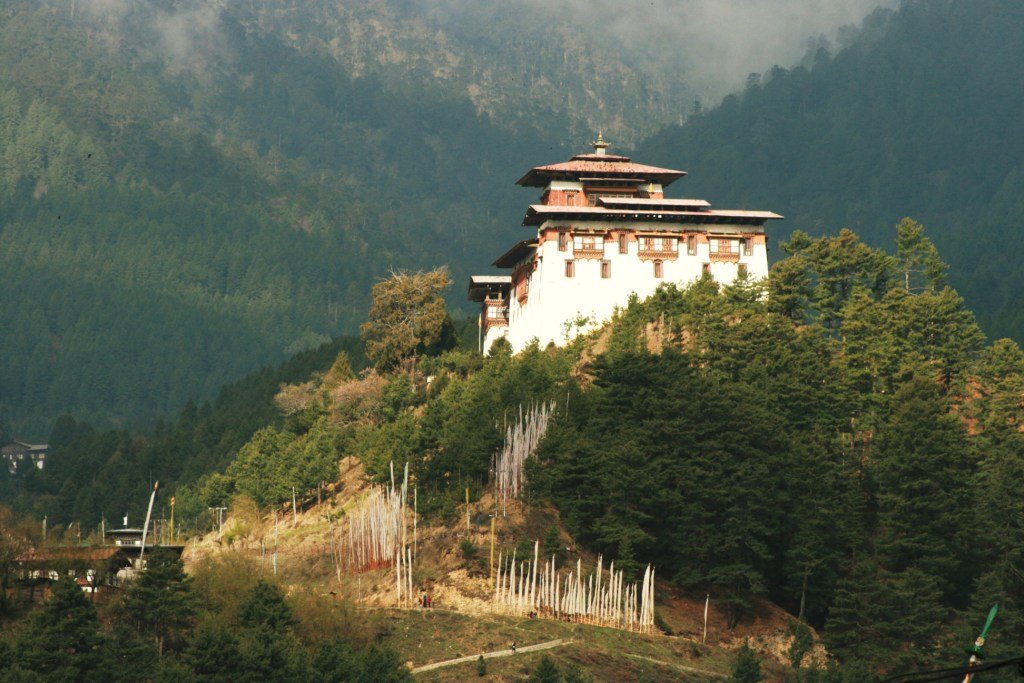Nalakhar Tshechu
Ngaa Lhakhag, Choekhor BumthangThe Nalakhar Tshechu, held at Nga Lhakhang in the quaint village of Nalakhar in Bumthang, spans three days of vibrant festivities. Among the cherished events in the Choekhor valley of Bumthang, this annual festival draws attendees from far and wide, each adorned in their finest attire. Marked by joyful celebrations, the festival serves as a beacon of hope, aiming to usher happiness and prosperity into the village and beyond. It stands as a symbolic prayer for bountiful harvests and the well-being of all living beings, embodying the communal spirit and spiritual essence of Bhutanese culture.







